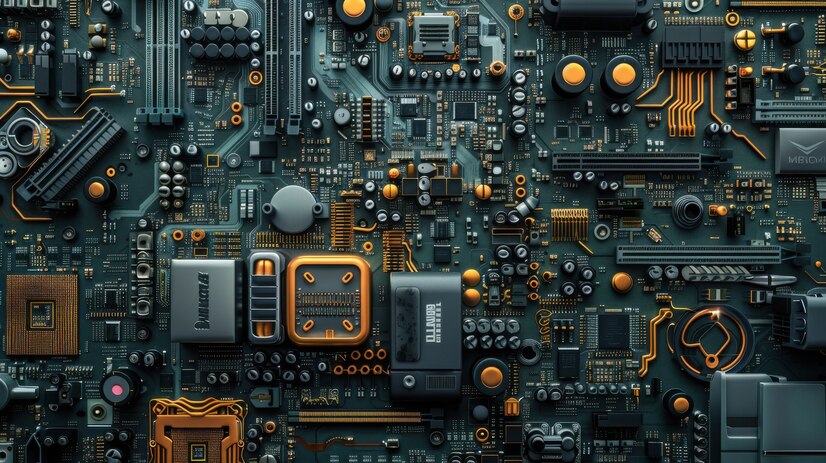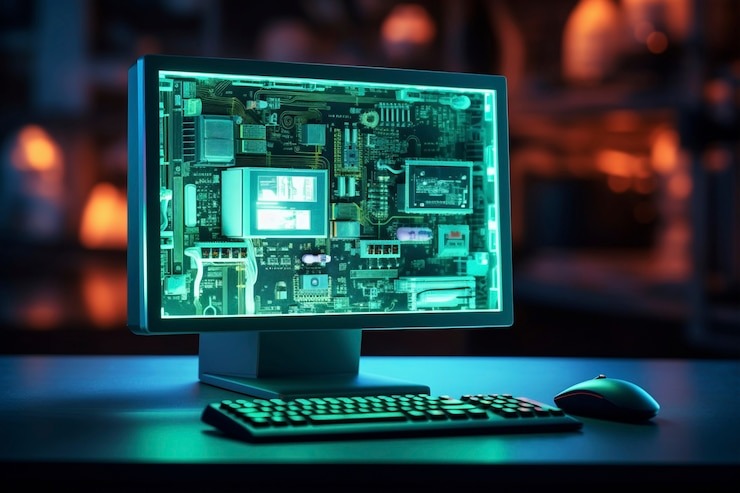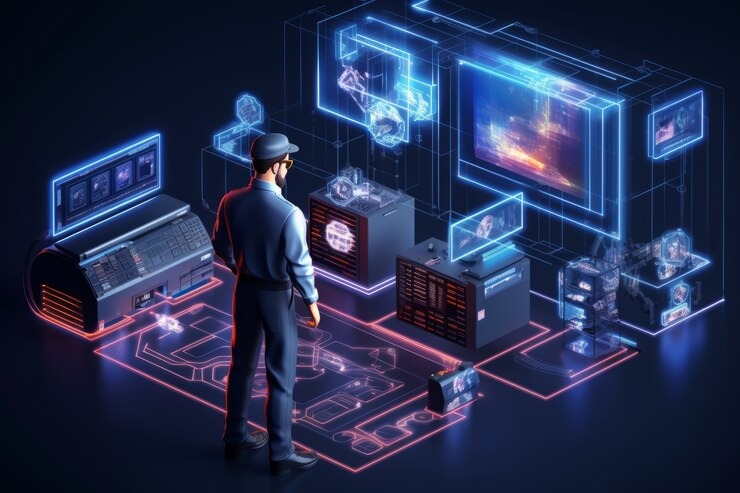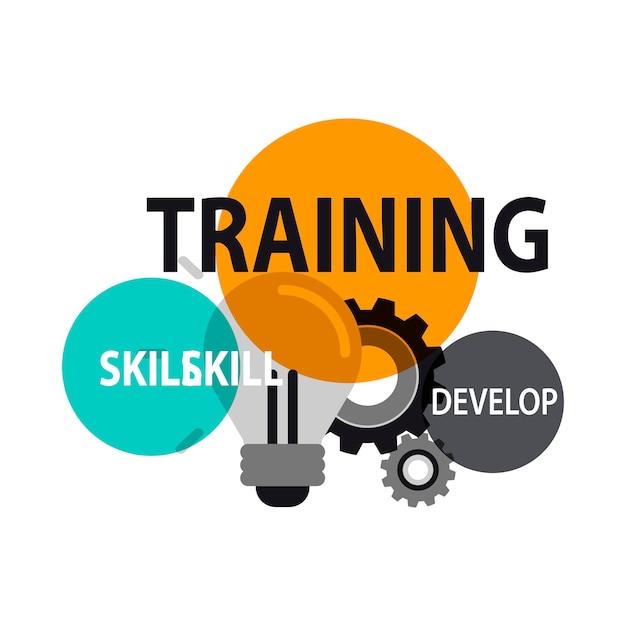System hardware consists of the physical components of a computer system that work together to enable processing, storage, and user interaction. At the core is the Central Processing Unit (CPU), often called the "brain" of the computer, which performs calculations and executes instructions to drive all system operations. Supporting the CPU is Random Access Memory (RAM), which temporarily holds data and instructions needed for quick access, allowing for smooth multitasking. For long-term storage, hard drives (HDDs) or solid-state drives (SSDs) store system files, applications, and user data even when the computer is powered off.


System software is a type of computer program designed to manage, control, and support the operations of a computer system. Unlike application software, which performs specific tasks for users, system software functions as an intermediary between hardware and user applications, ensuring everything works harmoniously. Key components include the operating system (such as Windows, macOS, or Linux), which manages memory, processes, and hardware resources; utility programs that perform maintenance tasks like file management and data recovery; and device drivers that enable communication between the operating system and external hardware devices.
System services are background processes essential for an operating system’s functionality, enabling resource management, hardware-software communication, and system stability without direct user involvement. These services handle core tasks like process management, which allocates CPU time and memory to active applications, allowing for efficient multitasking. Memory management optimizes RAM use, while file system services manage file and directory operations on storage devices. Additionally, device management ensures communication with peripherals through device drivers, and networking services enable data transmission across local networks and the internet.


Training services offer structured programs to build and enhance skills, knowledge, and competencies in various domains, such as technical expertise, leadership, communication, and personal development. Delivered through workshops, online courses, one-on-one coaching, and interactive sessions, these services aim to improve employee performance, boost productivity, and maintain a competitive edge. Customizable to meet the unique needs of organizations or individuals, training services can cover areas like compliance, customer service, software proficiency, and more. By fostering continuous learning, these services empower teams, reduce skill gaps, and support long-term career growth and organizational success.
Tempor erat elitr rebum at clita. Diam dolor diam ipsum sit diam amet diam et eos. Clita erat ipsum et lorem et sit.

Profession
Tempor erat elitr rebum at clita. Diam dolor diam ipsum sit diam amet diam et eos. Clita erat ipsum et lorem et sit.

Profession
Tempor erat elitr rebum at clita. Diam dolor diam ipsum sit diam amet diam et eos. Clita erat ipsum et lorem et sit.

Profession
Tempor erat elitr rebum at clita. Diam dolor diam ipsum sit diam amet diam et eos. Clita erat ipsum et lorem et sit.

Profession